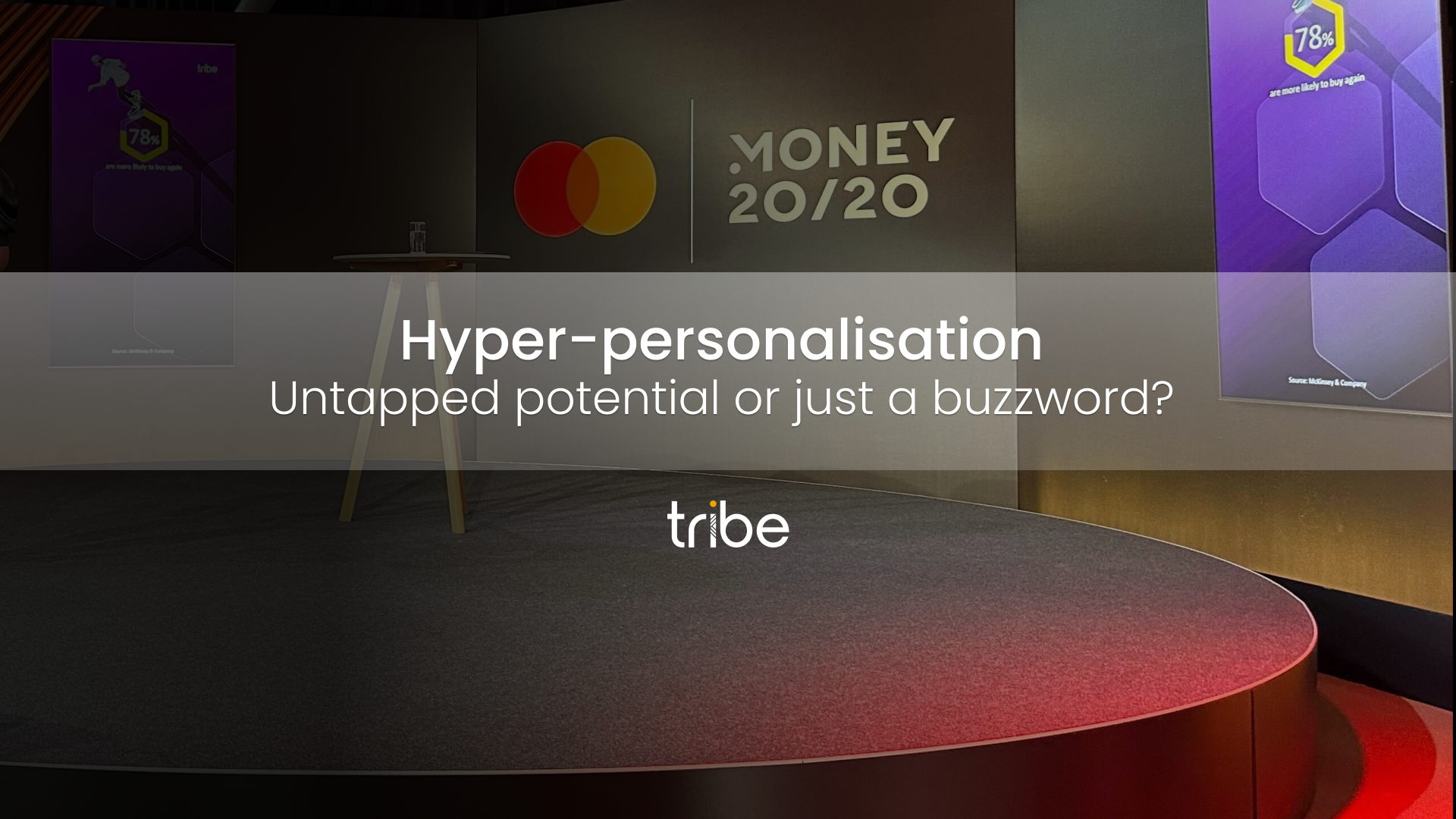Is AI ready for the fight against fraud?
In this blog, our Vice President of Product Alex Kelly looks at what banks and fintechs need to do to get fraud fighting systems up to scratch and asks: is AI the best defence against next-generation fraud?
No longer confined to the realms of science fiction, artificial intelligence (AI) is transforming our lives in ways that were unimaginable just a few years ago. And while it’s led to some amazing, user experience-enhancing developments like chatbots and virtual assistants, there’s a worrying flip side: fraudsters are also leveraging AI to make their attacks more sophisticated and difficult to detect.
Traditional reactive ways of fighting fraud through rigid risk-based models are no longer enough to counter emerging AI-driven fraud. It’s time to fight fire with fire.
How fraudsters are using AI
Even without AI, bad actors have been extraordinarily successful at laundering money, creating multitudes of shell companies, and webs of bank accounts in offshore jurisdictions. As cross-border transaction volumes rise, businesses face more counterparty and foreign exchange risk, meaning more Anti-Money Laundering (AML), Know Your Customer (KYC), and sanctions screening burdens to contend with.
In this environment there are several ways criminals are exploiting AI to better cloak themselves, their business links, and their data trails in the global financial system to evade AML and KYC checks:
- Fraudsters are able to use deepfake AI in impersonation scams that clone people’s voices and make calls that request account details or money, and fake photos that can fool biometric ID systems.
- ChatGPT’s ‘evil twin’ FraudGPT is being used to make fake customer or company profiles and steal payment data.
- Cyber criminals are using machine learning as a virtual crowbar to force open businesses’ network weaknesses through APIs. It’s estimated that half of all internet traffic is now coming from bots attacking API endpoints, stealing data, and using it to perpetrate even more fraud.
Using AI to fight back
By utilising AI to stop crime in real-time, banks and fintechs can take a proactive approach to payments fraud, compliance obligations, and risk management across their entire enterprises. Here’s why it’s effective:
- Unlike humans, AI never gets tired, lazy or bored. It can speed-read and ingest vast amounts of data in the blink of an eye, standardise and index it, and map and make visible complex data points that remain blind to the human eye.
- AI and machine learning will continually learn from past transaction data, empowering organisations with greater ability to anticipate attacks looming over the horizon.
- AI fraud detection when looking at behavioural biometrics is mindboggling in its ability to pinpoint where a cardholder or customer is, and even how fast they type or swipe using their cards or digital wallets. Through analysis of voice recognition, mouse movements or keystroke dynamics, AI algorithms can authenticate users and alert if suspicious behaviours are found.
- AI can add a layer of transaction security alongside existing and advanced risk monitoring tools. By combining AI’s ability to ingest and analyse vast datasets in real-time, imagine how much more powerful risk monitoring can become – able to swoop in and look at each individual data point of a transaction and make risk-based decisions in real-time, right down to the individual transaction level across merchant codes, issuer, location, transaction value and other data points.
- Risk management and compliance with regulations like AML and KYC can be conducted much faster and with far greater accuracy. Leveraging AI can enable banks and fintechs to access real-time data on politically exposed persons (PEPs), sanctioned individuals, organisations or countries, and pinpoint whether cards or BINs are being used in sanctioned jurisdictions. Using AI, fraud and risk management teams can hunt down and trace bad actors linked to flagged entities and accounts. AI also has the potential to transform back-office workflows too, by automating incident response processes for even greater efficiencies.
There’s no doubt AI has so much potential in fighting fraud – but it can’t do everything by itself.
AI is only effective when fed with the accurate, clean data it needs to make precise, unbiased decisions and avoid the dreaded ‘hallucinations’ that could leave banks and fintechs in legal jeopardy. Without accurate data, risk management processes are worthless.
Therefore, these efforts need to be a collaborative; in partnership with payments technology providers with the specialised risk monitoring platforms and clean data flows that can be configured for optimum fraud fighting defences.
That’s why Tribe Payments’ core platform supports both issuer and acquirer processing with a range of API-led enhanced services, including a proprietary 3D Secure solution, data insights, and risk monitoring. We’re closely monitoring AI developments and how we can leverage them with our own specialised risk management solutions, so that our clients are equipped to withstand the threats of today and those yet to emerge.
As for the future of AI? The last 12 months have produced so many awe-inspiring developments across many banking and fintech functions, and we’re excited to see how AI evolves over the next year. Tribe Payments will be relentlessly exploring and continually investing in trailblazing tech to help businesses fortify their defences against potential threats now and into the future.











.png?width=137&height=90&name=Payments%20Awards%20(1).png)


.png)